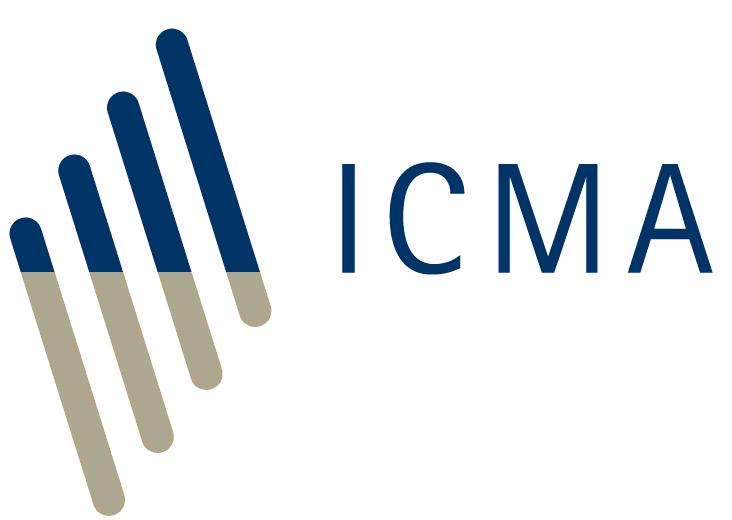Distributed ledger technology (DLT) and blockchain represent an exciting new frontier in the evolution of fixed income securities issuance and trading. Several institutions including the World Bank, European Investment Bank, as well as financial and corporate issuers around the world have issued DLT-based debt instruments.1
These instruments, involving the use of DLT or blockchain in one form or another, promise to bring about significant efficiencies in the automation of post-trade and asset-servicing processes, with operational efficiencies such as streamlining issuance flows, identifier creation, settlement cycle compression, and payments automation.
However, there appears to be limited knowledge and understanding amongst market stakeholders of the nature of DLT-based bonds, the implications for issuance and settlement processes, market infrastructures and intermediaries, and underlying technologies.
This set of Frequently Asked Questions (“FAQs”) developed by ICMA, seeks to raise market awareness by clarifying some of the fundamental questions related to DLT and blockchain in bond markets, in a manner that is easy to understand. Where feasible, the FAQs rely on existing definitions and terminology used by central banks, multilateral financial institutions or regulatory bodies to ensure consistency and avoid any ambiguity that may arise from the introduction of new concepts or terms.
Given the variety of DLT bonds and the various issuance structures, this set of FAQs does not attempt to be a comprehensive reference or prescribe specific approaches. Instead, it seeks to serve as an entry point for non-experts to gain a basic understanding of DLT bonds and their impact on capital markets.
The FAQs are intended to be a living document and will be updated and revised regularly to ensure they remain relevant to developments in the fast-evolving DLT bonds space.
Frequently Asked Questions on DLT and blockchain in bond markets
A repo not only mitigates the buyer’s credit risk. Provided the asset being used as collateral is liquid, the buyer should be able to refinance himself at any time during the life of a repo by selling or repoing the assets to a third party (he would, of course, subsequently have to buy the same or a similar asset back in order to return it to his repo counterparty at the end of the repo). This right of use (often called re-use) therefore mitigates the liquidity risk that the buyer takes by lending to the seller. Because lending through a repo exposes the buyer to lower credit and liquidity risks, repo rates should be lower than unsecured money market rates.





